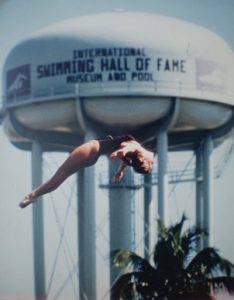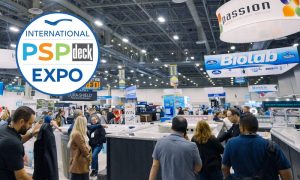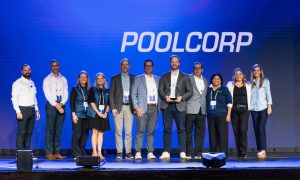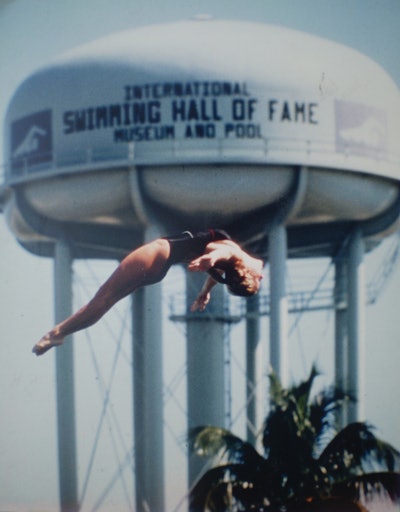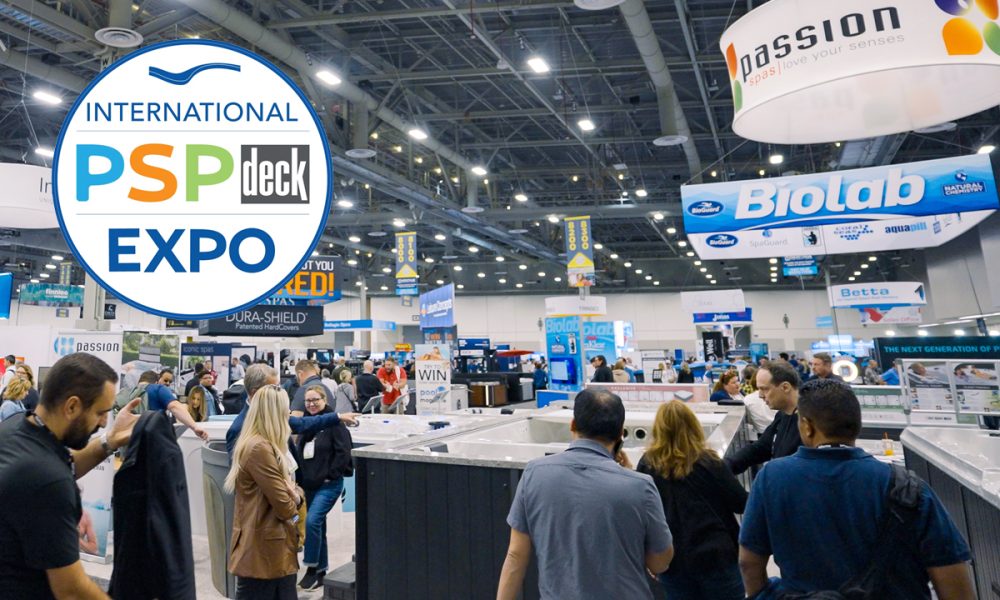Two imperatives have driven the transformation of U.S. Energy Policy and Infrastructure for decades: Conservation and reduction of fossil fuels.
Our industry has suffered a lot from the push for variable speed pumps. This culminated in the DOE Pump Regulations, which outlawed most single-speed pool pumps in 2021.
It is important to recall that VSP, at least as a policy movement, began with Title 20 regulations from California in 2008. They gained power and rpm over the years, spread across the country, and eventually became a national mandate.
The industry’s greatest conservation achievement to date is the DOE pump regulations. The 21st century’s other major energy initiative, the migration from fossil fuels into renewable energy, is just beginning.
The goal is to replace the combustion fuel with electricity. This (hopefully), can be achieved in sufficient quantities using cleaner technologies like solar, wind and geothermal.
This brings us to the story about gas heaters, which are the only components of a pool system that directly use fuel.
California and its Air Resources Board, (CARB) are once again leading the policy fight to reduce/eliminate pool heat.
Berkeley became the first U.S. municipality to ban natural gas lines from new construction in September 2019. San Jose, Oakland and Santa Rosa followed the lead. Santa Monica was the next city to ban natural gas lines in new construction. Over the years, over 50 California cities and towns adopted regulations banning or discouraging the use of natural gases. Los Angeles, the largest city in California, banned natural gas burners for new constructions in May 2022.
CARB approved a comprehensive plan to reduce multiple source emissions by 2030 in September. This plan does not prescribe any specific actions, but it directs state agencies and other state agencies to develop a rule to eliminate many products that burn combustible fuels by 2025.
The plan came with a statement by Liane Randolph, Chair of the CARB, asking for the federal government’s support. Although the CARB document doesn’t specifically mention “gas pool heaters”, it is true that the final rule will have a significant impact on the industry. These details will be the result of negotiations.
Dan Sizelove (Vice President of Sales and Marketing at Solar Industries) emailed CARB to request clarification. He received the following reply.
CARB will initiate a formal rulemaking process to establish a zero-emission standard in space and water heating. The rulemaking process will include an examination by staff from CARB of whether pool heating would be included in the zero-emission standard.
Staff at CARB are currently working with key stakeholders to identify those who would be affected. These stakeholders will be contacted by staff to share their concerns and ideas. The public process will allow stakeholders to take part. The Board is expected to consider the regulation by 2025, with implementation starting in 2030.
There are still many details to be worked out. The ban, if it is enacted into California law, will have a major impact on the pool industry in California, both in terms direct sales and customer satisfaction.
California builders have been using a 400k Btu/hr gas heater to heat a spa/pool combination for decades. Although the heater is rarely used to heat the pool it is large enough to provide a quick heat-up if needed (think: pool parties early/late in season). Sizelove states that gas is primarily used to heat the spa.
“There are many homeowners living in the northern parts of the state where gas is the only option for heating during spring and autumn (the “shoulder points”) of the season as we call them. The pool industry will be unable to remove their ability to heat the water. I can’t heat it so I use less. Filling it in makes it seem better every day.
This article was first published in January 2023 issue AQUA Magazine, the leading resource for builders, retailers, and service professionals in the spa and pool industry. All industry professionals can subscribe to the magazine for free. Subscribe by clicking here

